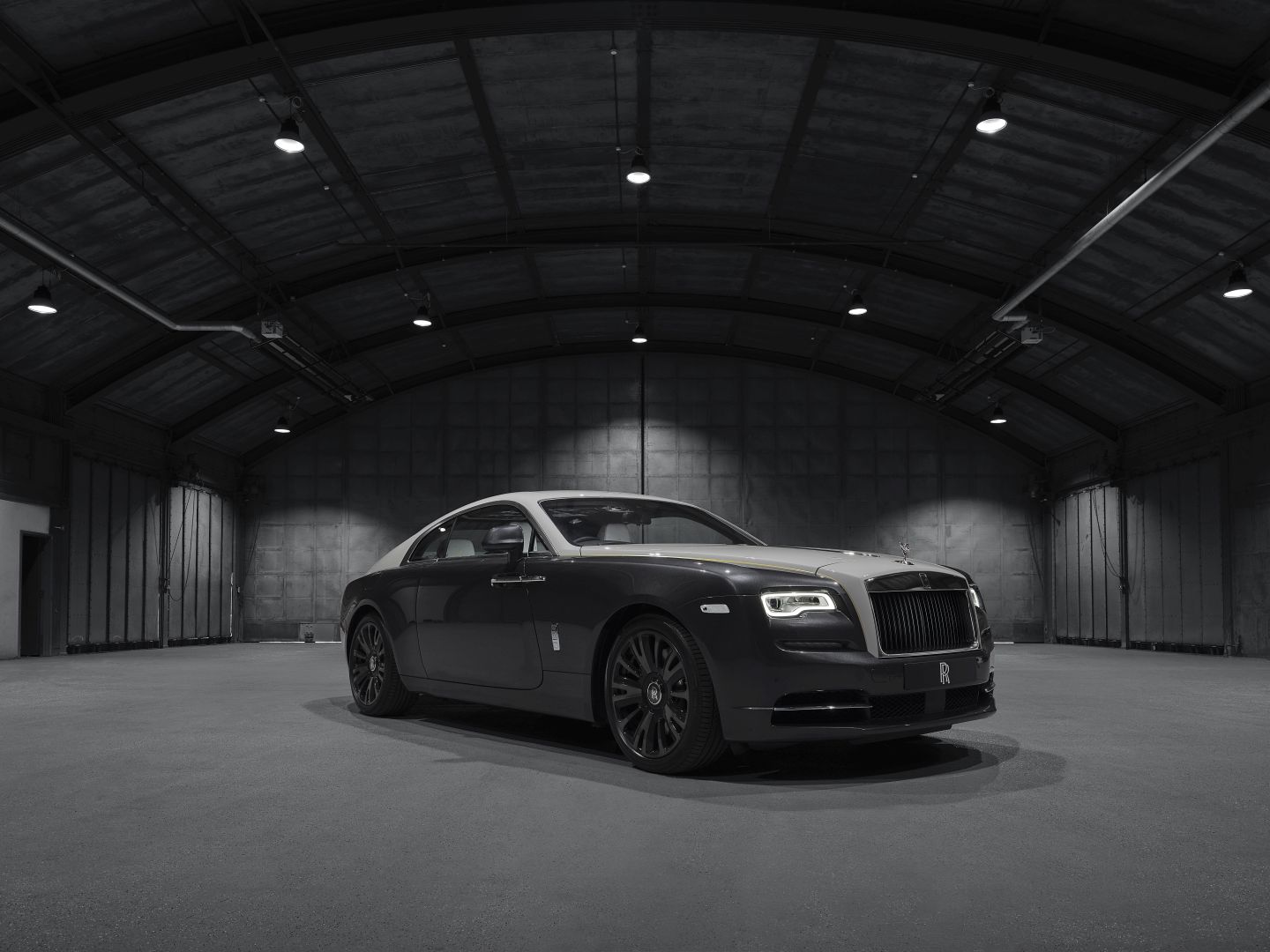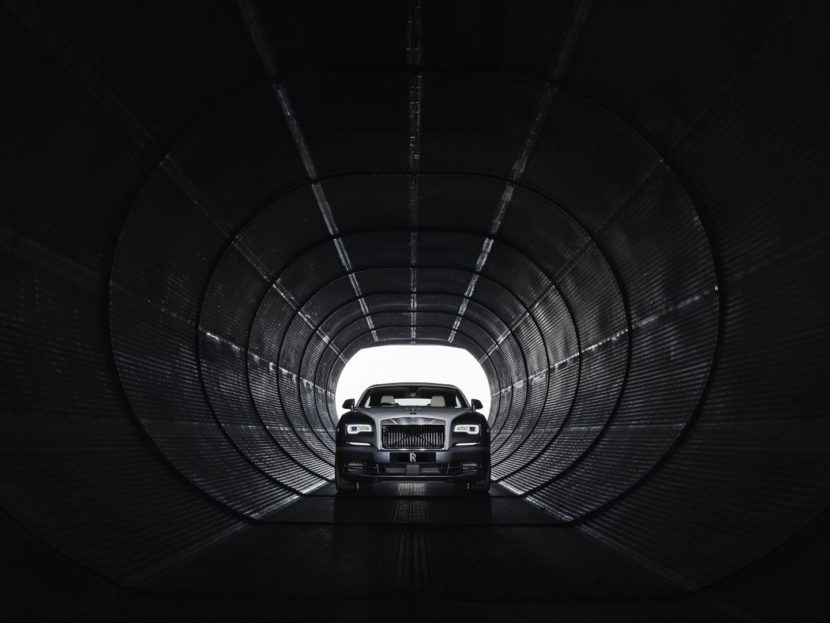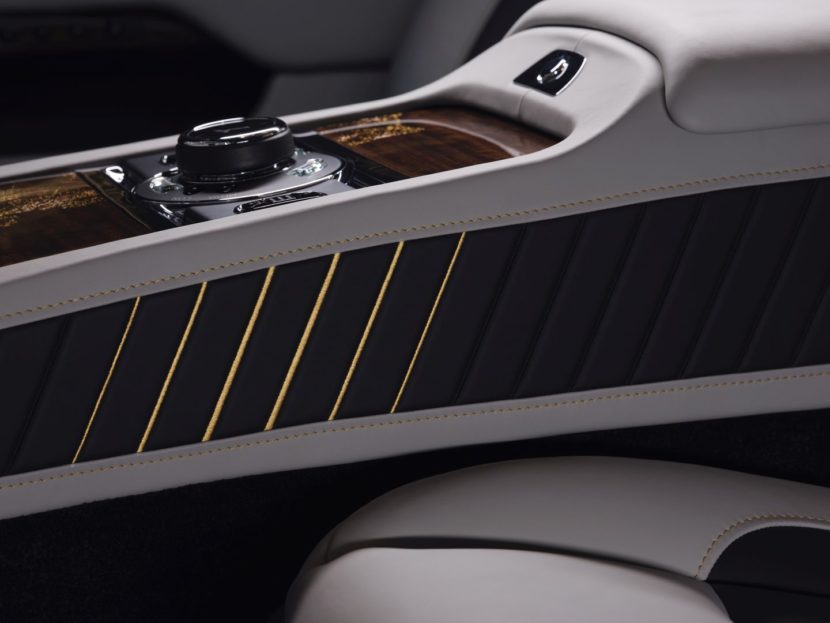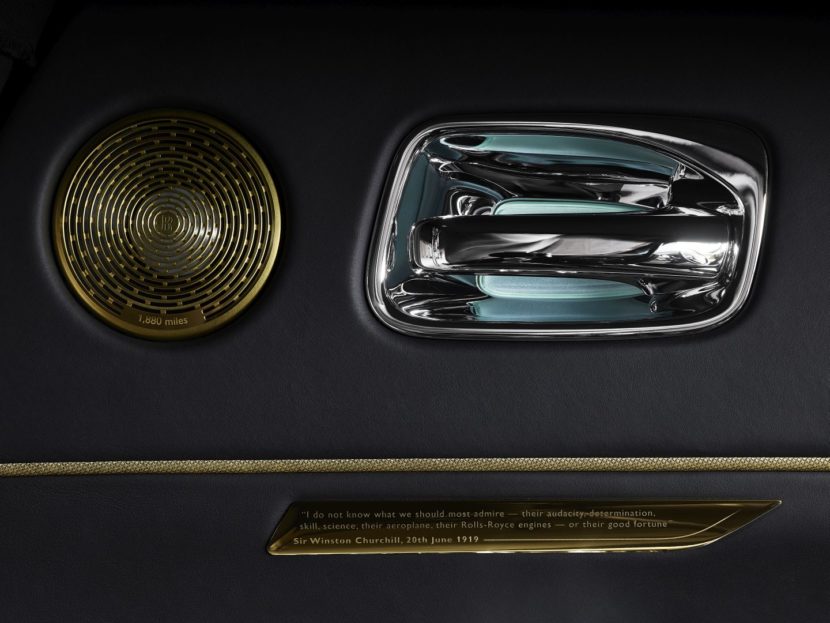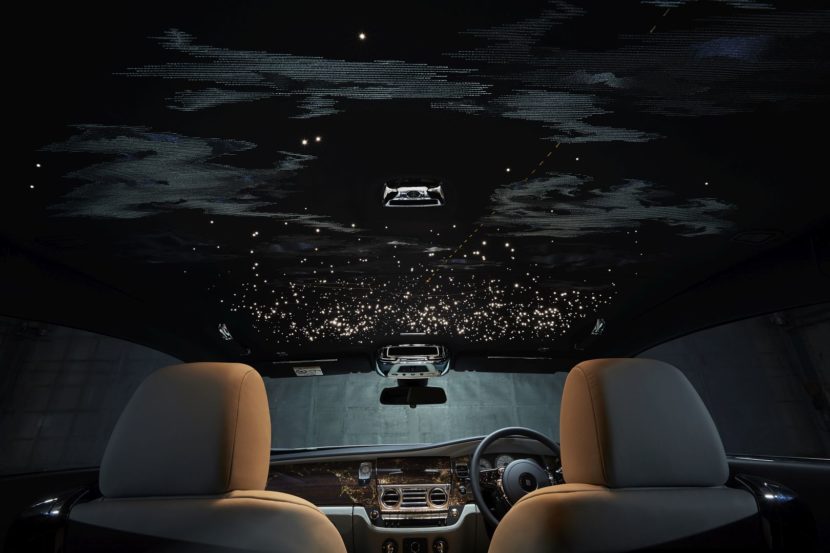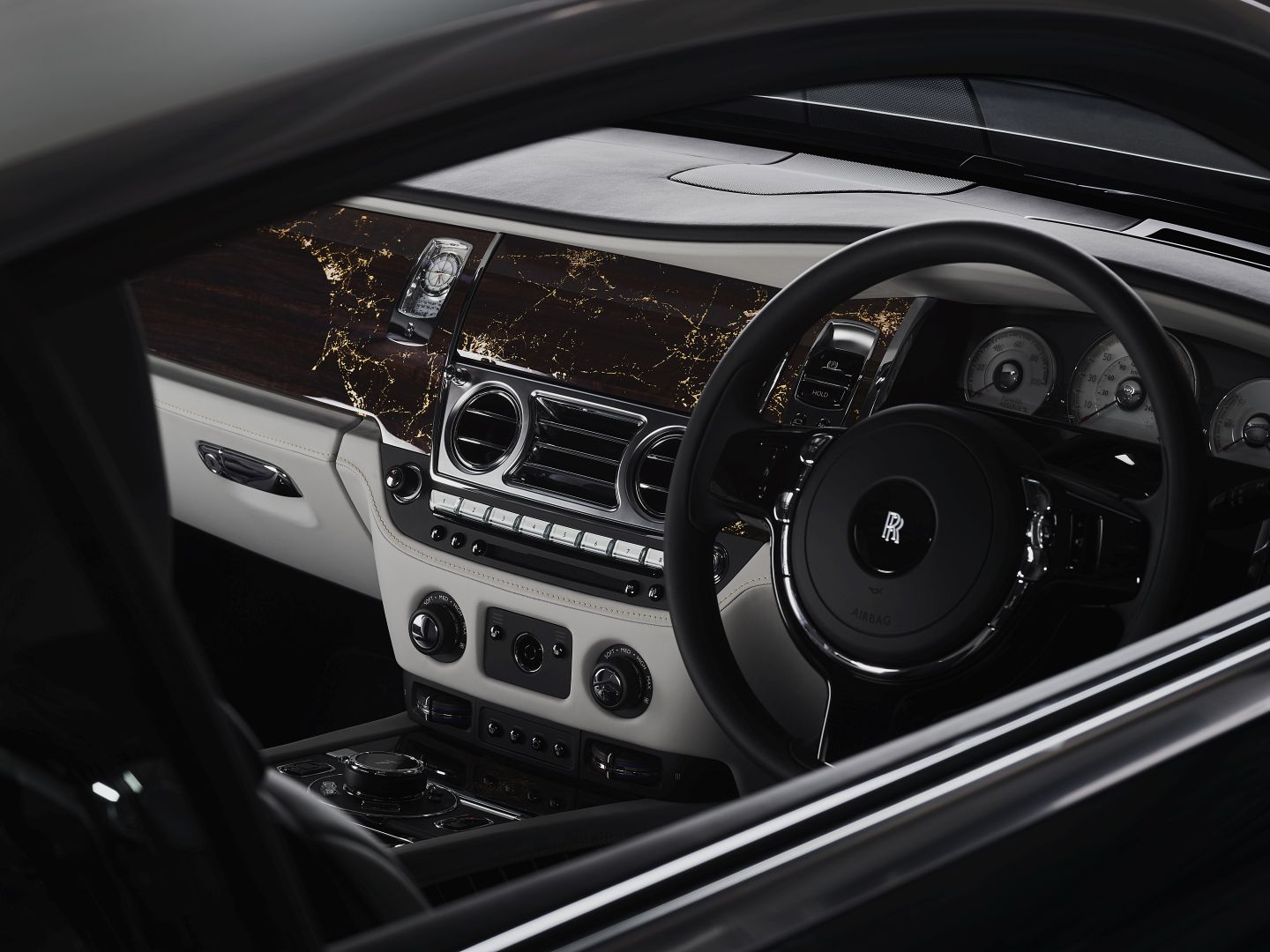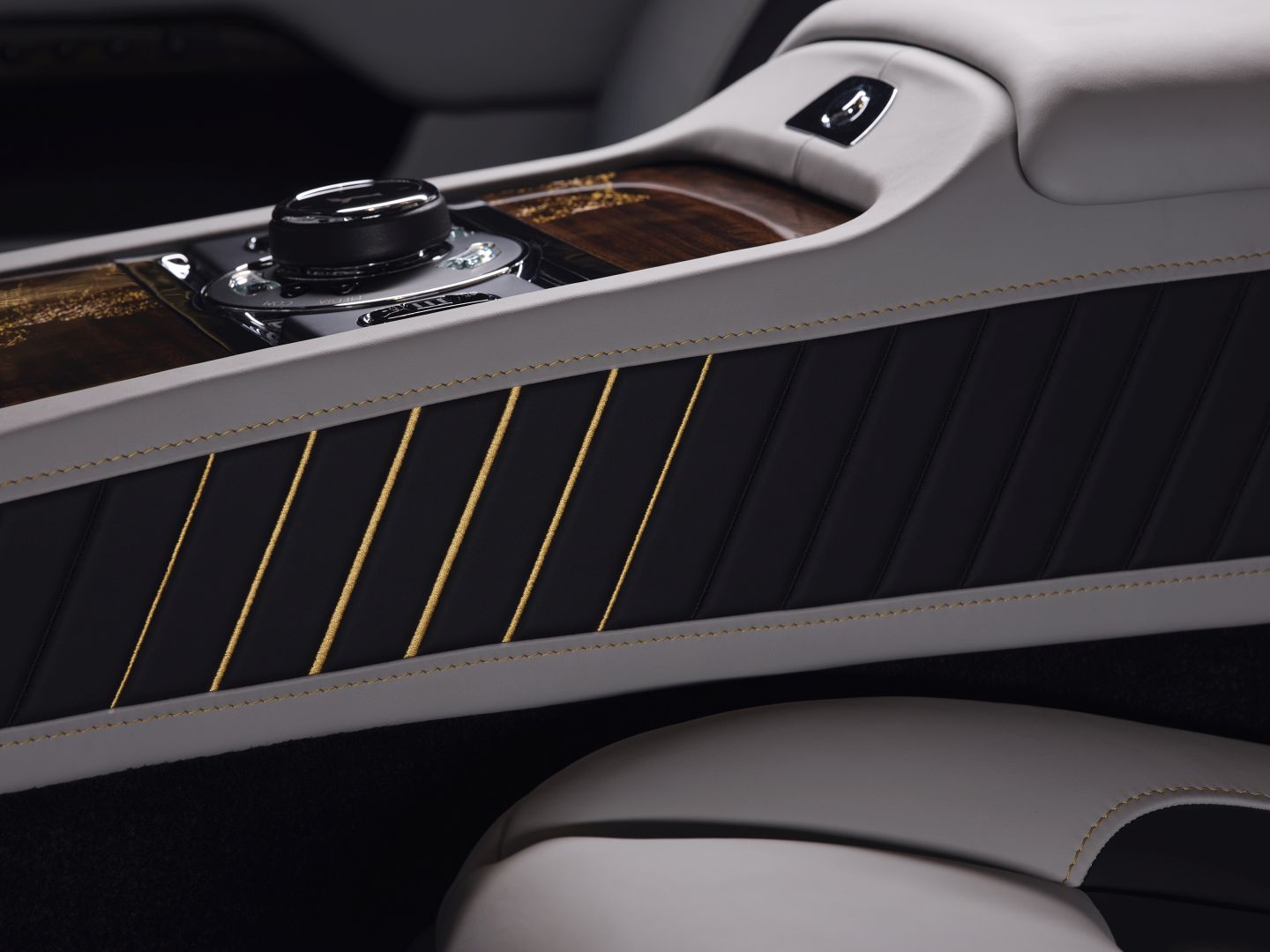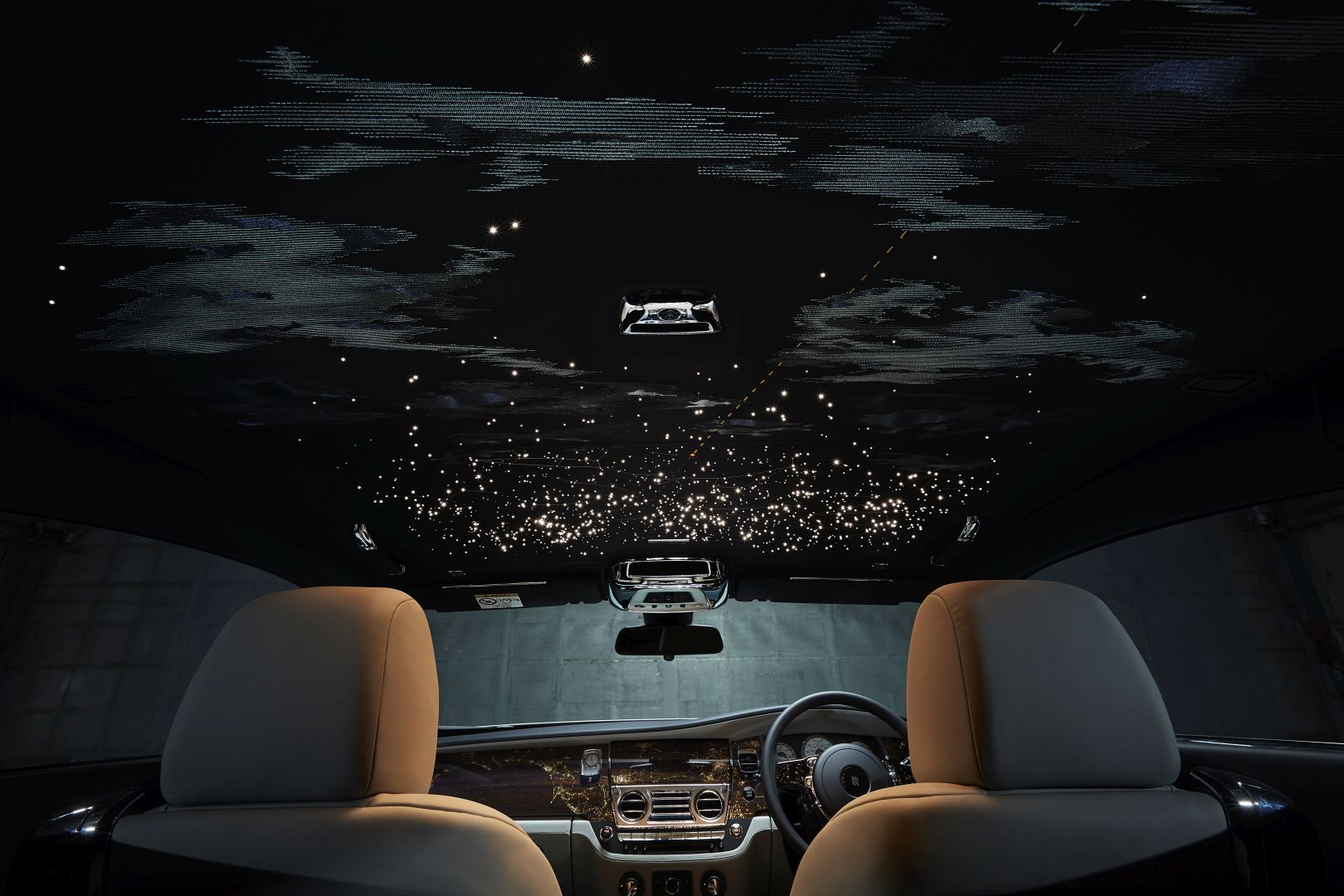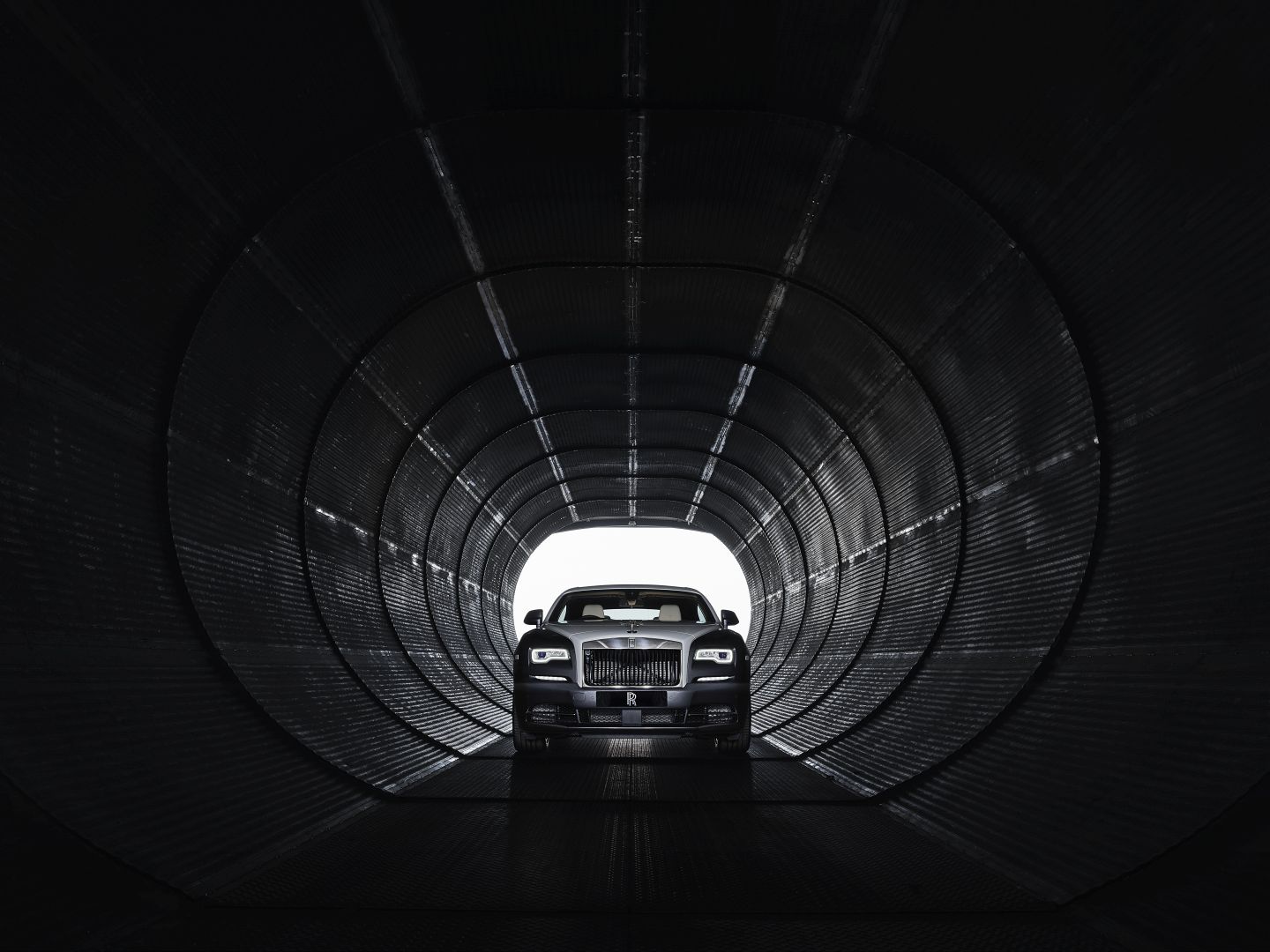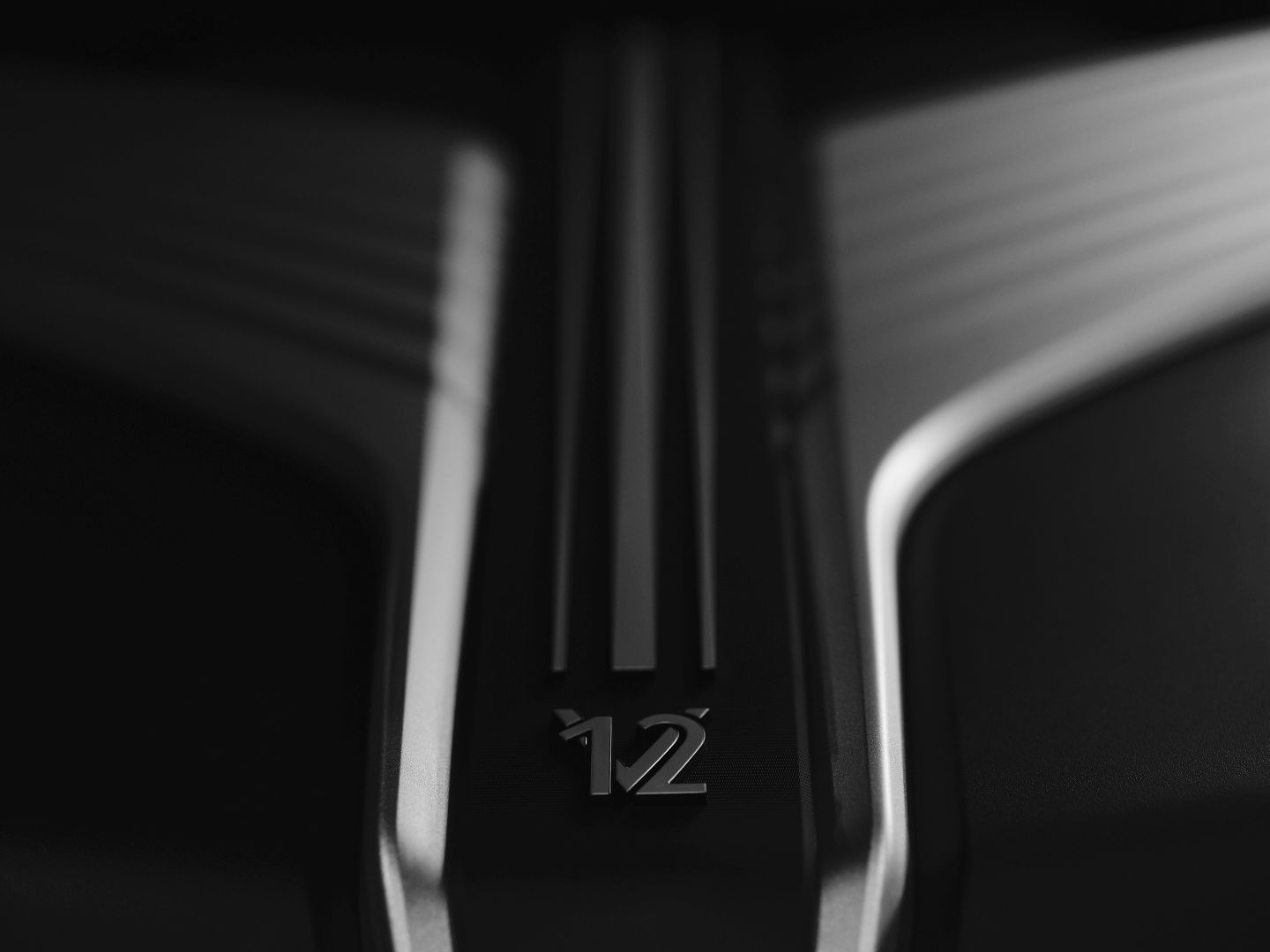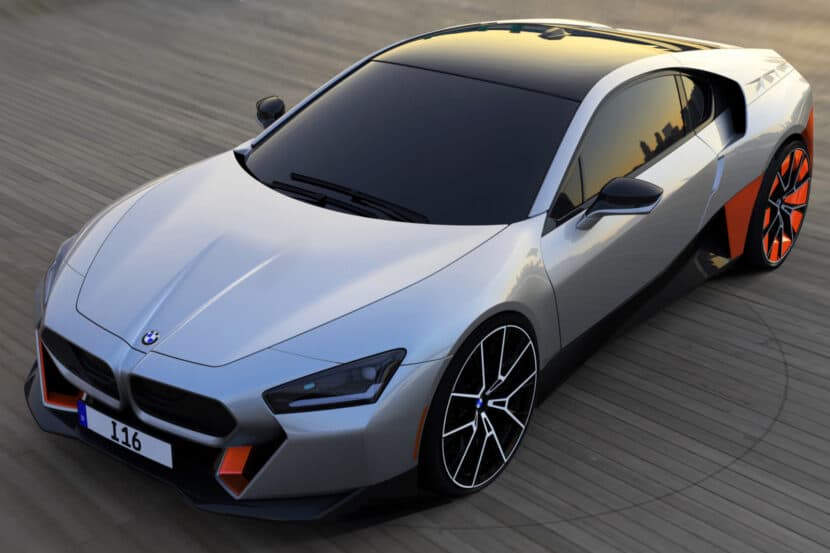This weekend, the best Concours d’Elegance in the world will celebrate its 90th edition on the shores of Lake Como. The Concorso d’Eleganza Villa d’Este will be where people will get to see, for the first time in the metal, the newly unveiled Rolls-Royce Wraith Eagle VIII Collection. Created by the Bespoke Collective the Collection of just 50 cars will tell the epic tale of one of the most pivotal moments of the 20th century.
That moment is the first non-stop transatlantic flight, made by Captain John Alcock and Lieutenant Arthur Brown in June, 1919. Contemporaries of Sir Henry Royce, Alcock and Brown flew non-stop from St. John’s, Newfoundland to Clifden, Ireland in a modified First World War Vickers Vimy bomber aircraft. The bi-plane was powered by twin 20.3-liter, 350 HP, Rolls-Royce Eagle VIII engines. It is from this remarkable engine that this Collection takes its name.
“I do not know what we should most admire – their audacity, determination, skill, science, their aeroplane, their Rolls-Royce engines – or their good fortune”, commented Sir Winston Churchill, following the perilous journey. The duo suffered every conceivable challenge an aviator could face. The Rolls-Royce Eagle VIII engines were the only components that had no issues. They propelled the airplane rather fast as well, averaging 115 mph.
Their radio and navigation instruments failed almost immediately, leaving the pilots flying unaided at night through dense cloud and freezing fog for many hours, sometimes upside down. Eventually they emerged from the cloud and using Brown’s extraordinary skill as a navigator, flew by the stars to the coast of Ireland.
Torsten Müller-Ötvös, Chief Executive, Rolls-Royce Motor Cars, commented, “Wraith Eagle VIII is at once an object of desire; an homage to heroes and a protagonist to today’s visionaries. This Rolls-Royce Collection demonstrates the extraordinary skill of our Bespoke Collective at the Home of Rolls-Royce in Goodwood, West Sussex. Bespoke remains the jewel in the crown of the marque, creating luxury items that defy the trend of mass luxury manufacturers using ‘tick-box’ options to answer customer demand.”
The exterior of the Wraith Eagle VIII Collection Car is evocative of Alcock and Brown’s night time adventure. Swathed in Gunmetal with a Selby Grey upper two-tone, the colors are separated by a brass feature line, a hint at the detailing that lies within. The black grille vanes draw immediate reference to the Rolls-Royce Eagle VIII engine cowling on the Vickers Vimy aircraft, the wheels are part polished with a translucent shadow finish.
Selby Grey and black leather are accented by brass, redolent of the brass sextant so integral to the success of the transatlantic journey. Executed in a contemporary fashion, the material populates key areas throughout the cockpit of the Collection. Brass speaker covers depict the estimated flight distance of 1,880 miles and ‘RR’ monograms are embroidered in brass colored thread onto headrests. A flash of brass complements the navigator door panniers, whilst the door of the driver includes a brass plaque with Churchill’s quote commending the duo’s remarkable achievements.
The fascia represents a modern-day abstract interpretation of the view the pair would have enjoyed as finally, their craft cleared the thick fog and cloud. In a fusion of contemporary and traditional practices, Smoked Eucalyptus wood is vacuum metalized in gold before being inlaid with silver and copper, to depict the rich detail seen in night time images of the Earth from above. The scene extends to the center console and the cockpit is in perspective with the headliner. Below, the brass-stitched quilted sides of the center tunnel are a nod to the V12-engined Vickers Vimy.
Perhaps the most alluring feature of the Collection is the unique starlight headliner. 1,183 starlight fibers show the celestial arrangement at the time of the flight in 1919, the flight path and constellations are embroidered in brass thread, whilst the exact moment the pair left the cloud to navigate by the stars is indicated by a red fiber optic light. Clouds are embroidered and a plaque reading, “The celestial arrangement at the halfway point 00:17am June 15th 1919, 50” 07’ Latitude North – 31” Longitude West” shows the half-way point of the momentous journey.


